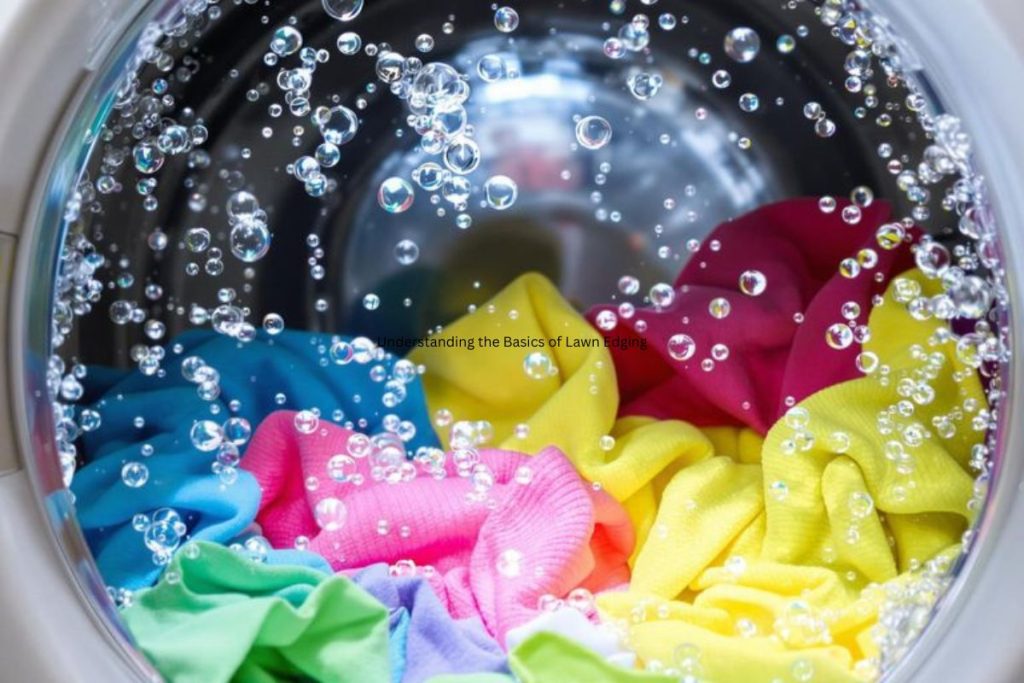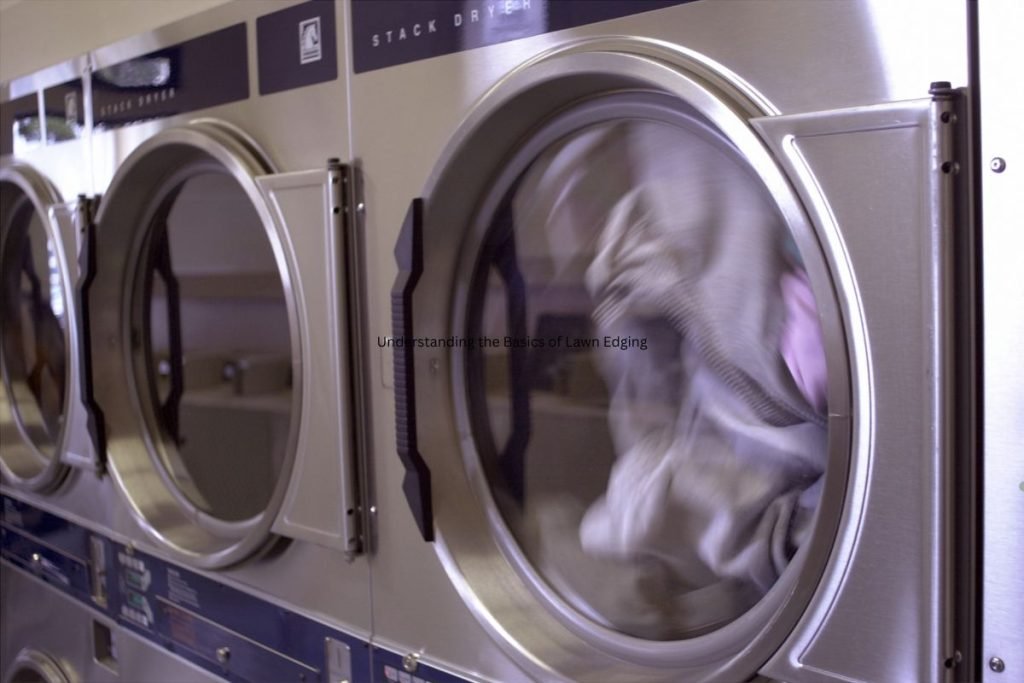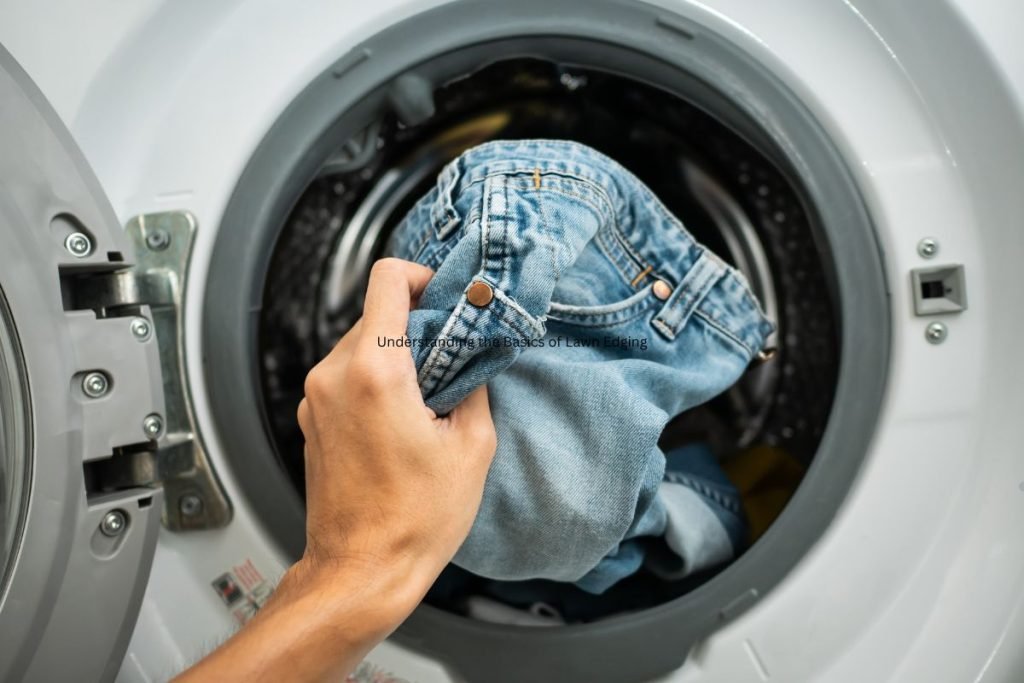
Ever wonder what that pre-wash button on your washing machine is actually for? A lot of people skip it, thinking it’s just an extra step, but it can make a big difference in how clean your clothes get. Whether you’re dealing with muddy jeans, workout gear, or just want to give your laundry a little extra care, the pre-wash cycle might be your new best friend. Let’s break it down and see how to use the pre-wash cycle on your washing machine effectively.
Key Takeaways
- The pre-wash cycle is great for tackling heavily soiled clothes or stains.
- Use it for fabrics like cotton or durable materials that can handle extra washing.
- Always sort your laundry and remove loose dirt before starting a pre-wash cycle.
- Choose a detergent specifically designed for pre-wash for better results.
- Regularly clean your washing machine to keep it running smoothly after using pre-wash.
Understanding the Pre-Wash Cycle
What Is the Pre-Wash Cycle?
The pre-wash cycle is like a warm-up for your laundry. It’s a short, additional wash that happens before the main cycle. Think of it as a quick rinse or scrub to tackle the worst of the dirt and grime. This setting is especially handy for heavily soiled clothes. The machine fills with water, agitates the load lightly, and drains out the dirty water, prepping your laundry for a more thorough clean during the main cycle.
Why the Pre-Wash Cycle Matters
Ever thrown in muddy sports uniforms or greasy kitchen towels and found they didn’t come out as clean as you hoped? That’s where pre-wash shines. By loosening up dirt and stains beforehand, it gives the main wash a better shot at doing its job. Plus, it helps prevent dirt from just spreading around during the main wash. For items like kids’ clothes, workwear, or anything extra grimy, pre-wash can make a big difference.
Common Misconceptions About Pre-Wash
- It’s only for industrial use: Nope! Many modern home machines come with a pre-wash option.
- It wastes water and energy: While it does use more resources, the trade-off is cleaner clothes in one go, which could save you from needing to rewash.
- It’s unnecessary for modern detergents: While today’s detergents are powerful, they can’t always handle deeply embedded dirt without some help.
If you’ve never tried the pre-wash cycle, you might be surprised at how much cleaner your laundry can get. It’s not just for extreme messes—it’s a simple way to boost your washing game.

When to Use the Pre-Wash Cycle
Identifying Heavily Soiled Laundry
Sometimes, your clothes need a little extra help to get clean. Think muddy soccer uniforms, greasy kitchen towels, or kids’ play clothes after a rainy day. If your laundry has visible dirt, oil, or grime, it’s a great candidate for the pre-wash cycle. This step loosens up the tough stuff before the main wash, giving your clothes a better chance of coming out spotless. For more tips on keeping your laundry appliances in top shape, check out our Laundry Appliance Repair Services.
Best Fabrics for Pre-Wash
Not all fabrics need the extra care of a pre-wash cycle. Heavy-duty materials like denim, thick cotton, and polyester blends often benefit the most. On the other hand, delicate fabrics like silk or wool might not handle the extra cycle well. Always check your clothing labels to see if pre-wash is a good fit.
Seasonal Laundry Needs and Pre-Wash
Certain times of the year call for more pre-washing. In the winter, for example, coats and snow pants often pick up salt and dirt. Spring brings muddy rain gear, while summer might mean sweat-soaked workout clothes. A pre-wash cycle can be a lifesaver during these seasons, tackling the worst of the mess before your regular wash cycle.
Pro tip: Pre Wash is a cold water cycle designed for heavily soiled laundry, enhancing cleaning effectiveness. It is available on all washing machine cycles except for Wool, Quick Wash, and Delicates. Call us for more information on how to optimize your washing machine settings!
Step-by-Step Guide to Using the Pre-Wash Cycle
Preparing Your Laundry for Pre-Wash
Before you even touch the washing machine, take a moment to sort through your laundry. Separate heavily soiled items, like muddy sports uniforms or greasy kitchen towels, from your regular clothes. This step is key to making the most of the pre-wash cycle. Shake off any loose dirt or debris—trust me, you don’t want that clogging up your machine. If you notice any stubborn stains, try spot-treating them with a bit of detergent or stain remover first. For more tips on maintaining your appliances, check out our Kitchen Appliance Repair Services.
Setting Up Your Washing Machine
Now, let’s get to the machine. Open the detergent drawer and locate the pre-wash compartment—it’s usually labeled, so you shouldn’t have to guess. Add the right amount of detergent; too much can leave residue, while too little might not do the job. Load your sorted laundry into the drum, making sure not to overfill it. Overloading can mess with the machine’s ability to clean effectively. Finally, select the pre-wash option on your washer’s control panel. It might be a button or a dial, depending on your model. For businesses that rely on heavy-duty washers, keeping them in good condition is crucial. If your commercial appliances need attention, check out our Commercial Appliance Repair Services.
Choosing the Right Detergent for Pre-Wash
Not all detergents are created equal, especially when it comes to pre-wash. Go for a detergent that’s designed to tackle tough stains. Liquid detergents often work better for pre-wash cycles because they dissolve quickly, even in cold water. If you’re washing delicate fabrics, look for a gentle formula to avoid damage. Check the detergent packaging for guidelines on how much to use—overdoing it can lead to a soapy mess.
Taking the time to properly set up your pre-wash cycle can save you from having to rewash items later. It’s all about working smarter, not harder.
For more tips on laundry basics, check out this step-by-step guide to doing laundry.
Maximizing Cleaning Efficiency With Pre-Wash
Combining Pre-Wash With Main Wash
Using the pre-wash cycle alongside the main wash can be a game-changer for tough laundry jobs. The pre-wash helps loosen dirt and grime, making it easier for the main cycle to finish the job. For heavily soiled items, this combo ensures a deeper clean. Here’s how you can pair them effectively:
- Add a small amount of detergent to the pre-wash compartment.
- Use a slightly stronger detergent for the main wash.
- Select a wash temperature that matches the fabric type.
Tips for Stubborn Stains
Some stains just don’t want to come out, no matter what you do. But using the pre-wash cycle the right way can help. Try these tricks:
- Pre-treat stains with a stain remover before starting the pre-wash.
- For grease or oil stains, use a detergent with enzymes.
- Avoid overloading the machine so water and detergent can reach all areas.
Energy and Water Usage Considerations
It’s true—using the pre-wash cycle means more water and energy. But it doesn’t have to break the bank. Here’s how you can keep it efficient:
| Tip | Benefit |
| Use cold water for pre-wash | Saves energy and protects fabrics. |
| Only pre-wash heavily soiled items | Reduces unnecessary water use. |
| Select shorter pre-wash cycles | Cuts down on energy consumption. |
Using the pre-wash cycle wisely not only keeps your clothes cleaner but also helps extend their lifespan. Just remember, it’s about balance—cleaning efficiency without overusing resources.

Troubleshooting Common Pre-Wash Issues
Pre-Wash Cycle Not Starting
If your pre-wash cycle refuses to start, don’t panic. This could be due to a few common reasons:
- Door Not Properly Closed: Many machines won’t start if the door isn’t fully latched. Double-check and give it a firm push.
- Water Supply Issues: Ensure the water supply is turned on and the hoses aren’t kinked or blocked.
- Incorrect Settings: Some washing machines require specific settings or additional buttons to activate pre-wash. Refer to your machine’s manual.
If none of these work, unplug the machine for a few minutes and then plug it back in to reset it.
Residue Left After Pre-Wash
Finding soap or debris left behind after the pre-wash cycle? Here’s what might be happening:
- Too Much Detergent: Using too much soap can lead to residue. Stick to the recommended amount.
- Clogged Dispenser: Check the pre-wash detergent compartment for blockages and clean it out if needed.
- Hard Water: If you have hard water, residue can build up more easily. Consider using a water softener or adjusting your detergent choice.
A quick rinse cycle after pre-wash can help remove any leftover residue and leave your clothes feeling fresh.
Clothes Still Dirty After Pre-Wash
If your laundry isn’t as clean as you’d hoped after the pre-wash cycle, try these fixes:
- Check the Load Size: Overloading the machine can prevent clothes from moving freely, reducing cleaning power.
- Pre-Treat Stains: For stubborn stains, a pre-treatment spray or stain remover can make a big difference.
- Adjust Water Temperature: Some stains require warm or hot water to lift effectively. Make sure you’re using the right temperature for the fabric.
By tweaking these small details, you’ll likely notice a big improvement in how clean your clothes come out.
Caring for Your Washing Machine After Using Pre-Wash
Cleaning the Pre-Wash Compartment
After running a pre-wash cycle, take a moment to clean out the pre-wash compartment. Residual detergent can build up over time, leading to clogs or even mold. Wiping it down regularly prevents these issues. Use a damp cloth to remove any leftover detergent or dirt. If the compartment is removable, rinse it under warm water for a deeper clean.
Preventing Mold and Mildew
Mold and mildew love damp environments, and your washing machine is no exception. To keep things fresh, leave the washer door open for a few hours after each cycle. This allows the inside to dry out completely. You can also run a monthly cleaning cycle with a washing machine cleaner or a mix of vinegar and baking soda to keep odors at bay. Call us for professional maintenance and tips on keeping your appliances in top shape!
Maintaining Optimal Machine Performance
Regular maintenance is key to keeping your washer in top shape. Check the filter for lint or small debris after a few cycles. Also, inspect the hoses for any signs of wear or leaks. For deeper sanitization, it’s a good idea to occasionally run a normal or clean washer cycle. This ensures that all cleaning solution residues are rinsed out thoroughly. Learn how to sanitize your washing machine effectively.
Wrapping It Up
So, that’s the scoop on the pre-wash cycle. It’s not just some fancy button on your washing machine—it actually makes a difference, especially when you’re dealing with tough stains or really dirty clothes. Sure, it might take a little extra time, but the results are worth it. Cleaner clothes, less stress, and maybe even a longer life for your washer. Give it a shot next time you’ve got a load that needs some extra love. You might be surprised at how much it helps!
Frequently Asked Questions
What does the pre-wash cycle do?
The pre-wash cycle gives your clothes an extra rinse and wash before the main cycle starts. It’s great for removing tough dirt and stains. Contact us for expert advice on how to get the most out of your laundry appliances!
When should I use the pre-wash cycle?
Use the pre-wash cycle when your laundry is very dirty, like muddy sports uniforms or stained work clothes. It’s not needed for lightly soiled items.
Can I use regular detergent in the pre-wash cycle?
Yes, you can use regular detergent, but only a small amount is needed for the pre-wash cycle. Check your washing machine’s manual for recommendations.
Does the pre-wash cycle use a lot of water?
The pre-wash cycle does use extra water, but it’s designed to help clean very dirty clothes more effectively. It’s worth it for heavily soiled items.
Will the pre-wash cycle damage delicate fabrics?
The pre-wash cycle is safe for most fabrics, but you should check the care label on your clothes. Avoid using it for very delicate items like silk.
How do I maintain my washing machine after using the pre-wash cycle?
Clean the pre-wash compartment regularly, and leave the door open after washing to prevent mold and mildew. This keeps your machine in good shape.
